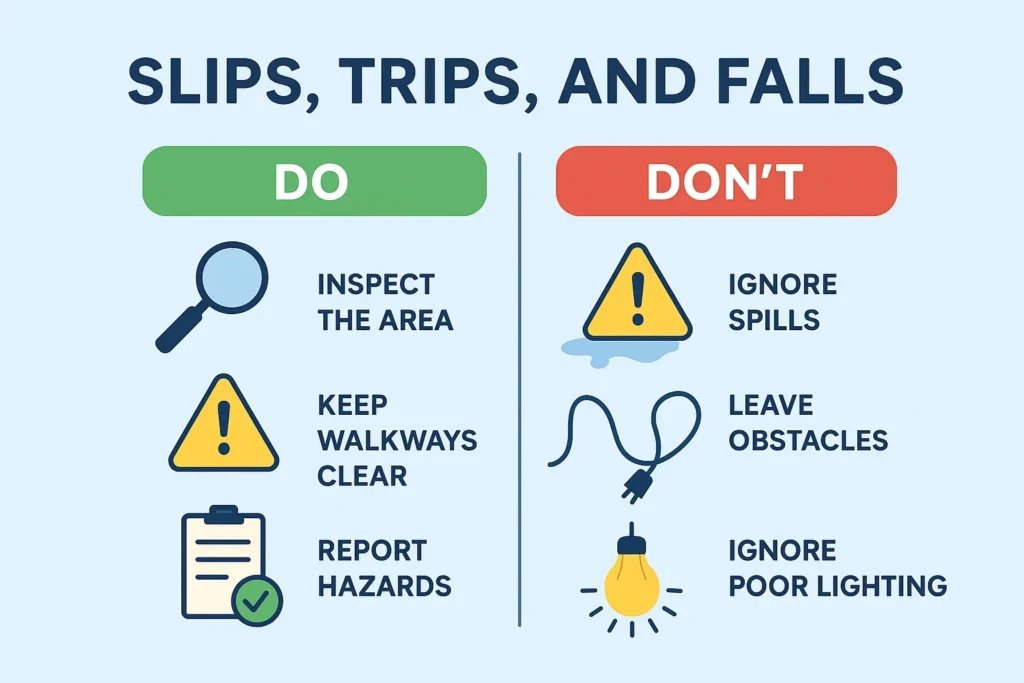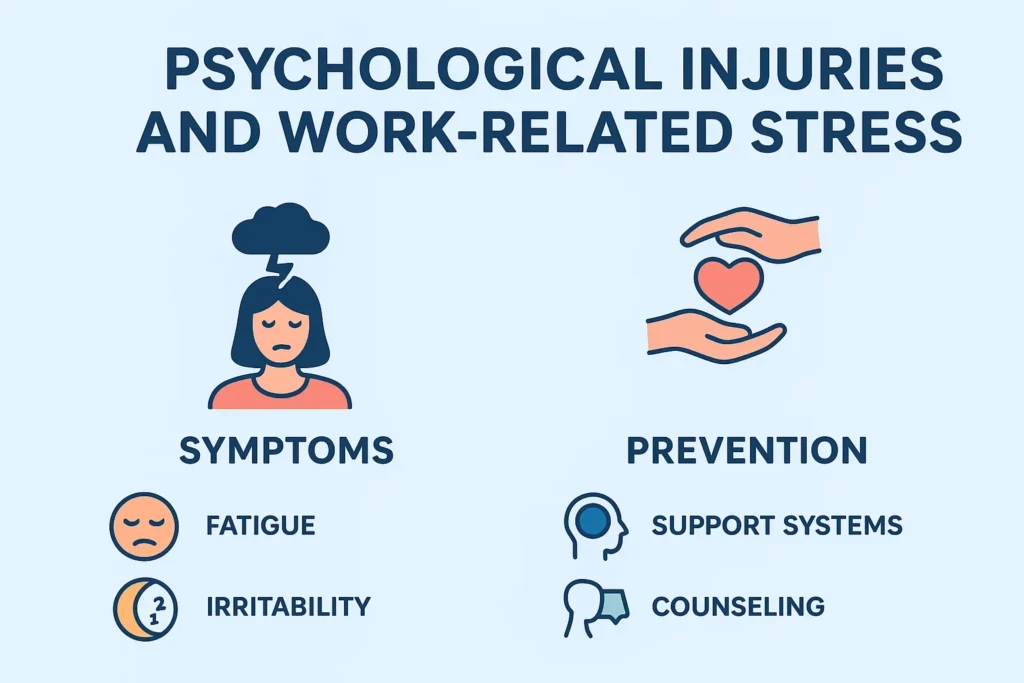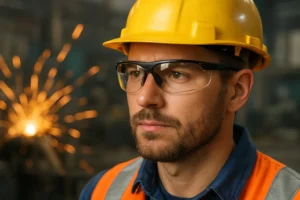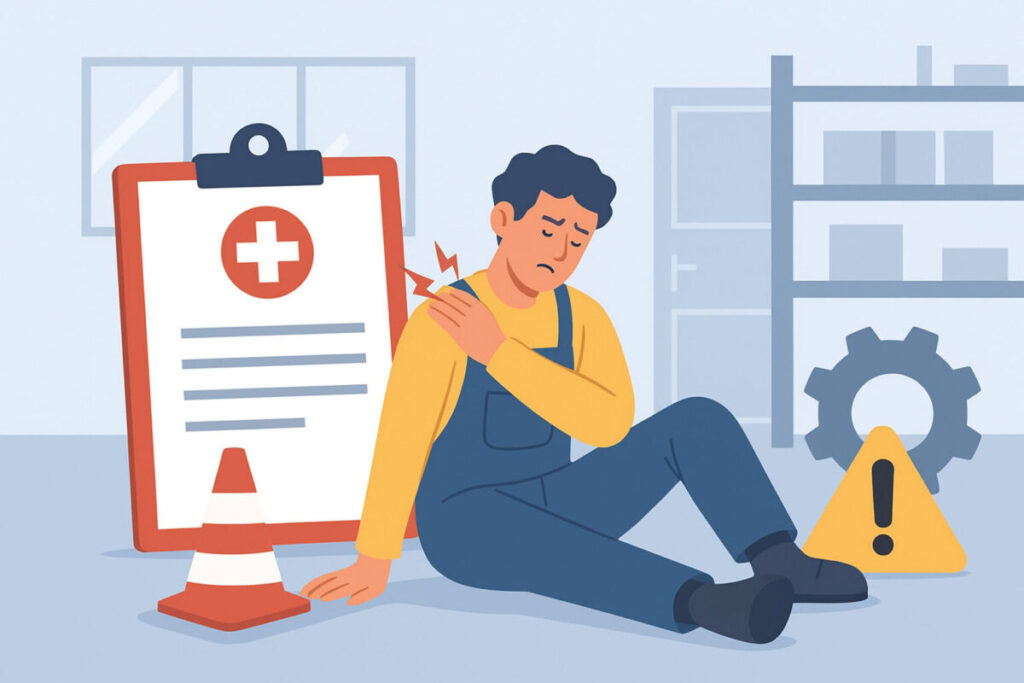Disclaimer: This article provides general information only and does not constitute legal or professional advice. Readers should seek appropriate guidance for their individual circumstances.
Workplace injuries can have serious and lasting consequences for employees and employers alike. In Australia, workers’ compensation schemes provide financial support to those injured in the course of their employment.
While many organisations work hard to maintain safe working environments, compensation claims remain prevalent across various industries. Understanding the common causes behind these claims is crucial for businesses, insurers, and workers aiming to mitigate risks and improve workplace safety.
Manual Handling and Musculoskeletal Injuries
Manual handling refers to any activity involving lifting, pushing, pulling, carrying, or moving objects. This is one of the most significant contributors to workplace injuries, particularly in industries like construction, healthcare, manufacturing, and warehousing.
The effects of such injuries often accumulate over time, resulting in time off work, long-term treatment, and, in severe cases, permanent impairment. Despite training and mechanical aids, manual handling incidents continue to dominate workers’ compensation statistics across Australia.
Slips, Trips, and Falls

Slips, trips, and falls are another leading cause of workplace injury, spanning across all industries. Wet floors, uneven surfaces, loose cables, and inadequate lighting contribute to these accidents. In sectors such as hospitality and retail, where employees often move quickly or work in fast-paced environments, the risk increases significantly.
These incidents can result in injuries ranging from minor bruises to severe fractures and head trauma. Where serious injury occurs, employees often need legal advice to understand work injury damages claims and their eligibility. Importantly, many of these accidents are preventable with better workplace design, routine maintenance, hazard identification, and clear protocols.
Machinery and Equipment Accidents
Work environments involving heavy machinery, power tools, or other equipment pose heightened risks of injury. Failure to properly train workers, lack of safety guards, or neglecting maintenance schedules can lead to severe injuries, including amputations, crush injuries, or burns.
These types of accidents are particularly prevalent in manufacturing, construction, and agriculture. Ensuring that employees are trained, machinery is regularly inspected, and safety procedures are followed can significantly reduce the frequency of these claims.
Psychological Injuries and Work-Related Stress

Psychological injuries have become increasingly recognised in workplace compensation claims. Chronic work-related stress, bullying, harassment, or exposure to traumatic incidents can lead to conditions like anxiety, depression, and post-traumatic stress disorder (PTSD).
According to Statista, between December 2020 and October 2022, just under 43% of Australians aged 16–85 had experienced a lifetime mental disorder, and just over 21% had experienced a 12-month mental disorder. These figures highlight the prevalence of mental health challenges in Australia and underscore the importance of supportive, psychologically safe workplaces.
Claims involving psychological harm can be more complex and protracted than physical injury claims, particularly where a breach of duty of care is alleged. However, they reflect the growing importance of mental health awareness and employer responsibilities under occupational health and safety laws.
Vehicle-Related Incidents
For employees who drive as part of their work, such as delivery drivers, sales representatives, or field technicians, motor vehicle accidents remain a significant source of compensation claims. These can include collisions, pedestrian-related incidents, or accidents involving off-road vehicles or forklifts.
Injuries from such incidents can be catastrophic, affecting not only the individual but also the employer with long-term costs. Risk assessments, defensive driving training, and fatigue management strategies are vital components of injury prevention in this space.
Exposure to Harmful Substances
Workers in industries such as mining, chemical manufacturing, and agriculture may be exposed to hazardous substances, including asbestos, solvents, pesticides, and industrial chemicals. Long-term exposure can result in chronic illnesses such as asbestosis, occupational asthma, or even cancers.
Even in lower-risk environments, exposure to cleaning products, mould, or dust can cause respiratory or skin conditions. These claims often come to light much later, making early identification and rigorous workplace controls essential.
Falling Objects and Structural Failures
Being struck by falling tools, equipment, or debris is another cause of injury, particularly on construction sites and in warehouse environments. These accidents often result from improperly secured loads, inadequate storage practices, or structural faults.
The injuries can be significant, including head trauma, broken bones, and internal injuries. Implementing safety nets, regular inspections, and strict adherence to load-bearing protocols can help reduce these incidents.
Prioritising Prevention Over Compensation
While compensation schemes are vital in supporting injured workers, the ultimate goal for any employer should be to foster safer, healthier workplaces that reduce the risk of injury altogether. By understanding the leading causes of compensation claims, businesses can take proactive, informed steps to mitigate hazards before they escalate into legal or medical issues.
For employees, knowing the risks and the recourse available offers not just peace of mind, but empowerment. A strong culture of safety benefits everyone, preventing injury, protecting livelihoods, and promoting long-term well-being across all industries.












